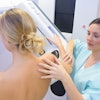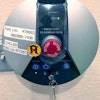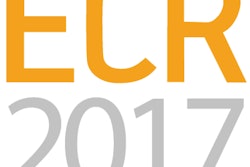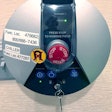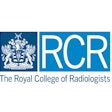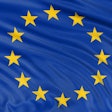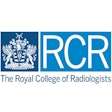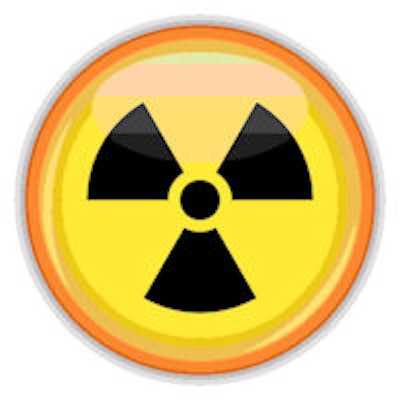
Under the new European Directive 2013/59/Euratom, the imaging community and industry will have to adapt regulations, practices, and equipment for a high standard of radiation safety. The European Society of Radiology (ESR) has now summarized the directive, which must be implemented by 6 February 2018, but some problems remain, according to two leading observers.
"The current problems that we face pertain to repeated and multiple radiological examinations, in particular, CT scans in a small group of patients," said Dr. Madan Rehani, visiting scientist in the radiology department at Harvard Medical School and Massachusetts General Hospital in Boston. "The directive lacks in directing focus on this issue. It is not sufficient to continue with traditional recommendation that one needs to balance benefit versus risk and there are no dose limits for patients. This issue requires specific attention and guidance."
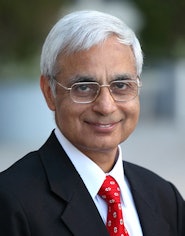 The EU directive fails to direct attention on repeated and multiple CT examinations, Dr. Madan Rehani said.
The EU directive fails to direct attention on repeated and multiple CT examinations, Dr. Madan Rehani said.
Furthermore, after the directive has been announced, it takes many years for the relevant national authorities to adopt and for professional societies and organizations to produce guidance, according to Rehani, who was radiation safety specialist in radiation protection of the Patients Unit of the International Atomic Energy Authority (IAEA) in Vienna until his retirement in 2013. Flagging the issue in the directive would help related organizations to direct attention. If the issue of high doses in CT and interventional procedures had not been highlighted in the 97/43 Directive, it would not have received the attention it did during the past 18 years, he added.
There are no real surprises in the ESR's summary, according to Dr. Arturo Chiti, president of the European Association of Nuclear Medicine (EANM) and a member of the editorial advisory board of AuntMinnieEurope.com. For instance, it is no surprise that the "radiotherapeutic" issues have been left out, and this word is stated only in the introduction and the appendix.
"We agree on the need for more involvement of medical physics in the field of radiology, where this (unlike nuclear medicine) in many countries is not a strong tradition. This may, however, be difficult to implement with short notice because these people simply do not exist," he wrote in an email to AuntMinnieEurope.com.
Only the dose to the eye lens is new, and this may be a particular challenge in interventional radiology. However, this topic has already been considered widely, without waiting for the directive to come into force, Chiti added.
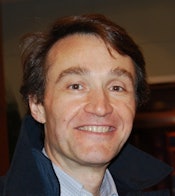 Involving medical physicists more closely in radiology may be difficult to implement because the people don't exist, Dr. Arturo Chiti said.
Involving medical physicists more closely in radiology may be difficult to implement because the people don't exist, Dr. Arturo Chiti said.
The directive lays down basic safety standards for protection against the dangers from exposure to ionizing radiation, emphasizes the need for justification of medical exposure (including asymptomatic individuals), and introduces requirements for patient information, the ESR explains in its summary, published online on 27 May by Insights into Imaging, the society's own journal. Also, the directive strengthens the requirements for recording and reporting doses from radiological procedures, the use of diagnostic reference levels, the availability of dose-indicating devices, and the improved role and support of medical physicists.
According to the authors of the summary, "Relevant changes include new definitions, a new dose limit for the eye lens, nonmedical imaging exposures, procedures in asymptomatic individuals, the use and regular review of diagnostic reference levels (including interventional procedures), dosimetric information in imaging systems and its transfer to the examination report, new requirements on responsibilities, the registry and analysis of accidental or unintended exposure, and population dose evaluation (based on age and gender distribution)."
New scientific information on tissue reactions calls for better protection of the eye lens and, following advice from the International Commission on Radiological Protection (ICRP), the new directive modifies the occupational dose limit for the eye lens to 20 mSv/year from the previous value of 150 mSv/year.
Also, medical physics experts must be involved in interventional radiology and CT. The expert must give specialist advice about radiation physics, take responsibility for dosimetry, give advice on radiological equipment, and contribute to the following:
- Optimization of the radiation protection of patients and other individuals subject to medical exposure, including the application and use of diagnostic reference levels
- The definition and performance of quality assurance of the medical radiological equipment
- Acceptance testing of medical radiological equipment
- The preparation of technical specifications for medical radiological equipment and installation design
- The surveillance of the medical radiological installations
- The analysis of events involving, or potentially involving, accidental or unintended medical exposures
- The selection of equipment required to perform radiation protection measurements
- The training of practitioners and other staff in relevant aspects of radiation protection
- The medical physics expert shall, where appropriate, liaise with the radiation protection expert
The ESR's summary was prepared by Dr. Eliseo Vano (Madrid), Dr. Reinhard Loose (Nürnberg, Germany) and Dr. Peter Vock (Berne, Switzerland) on behalf of the ESR Radiation Protection Subcommittee. To read the full document, click here.


